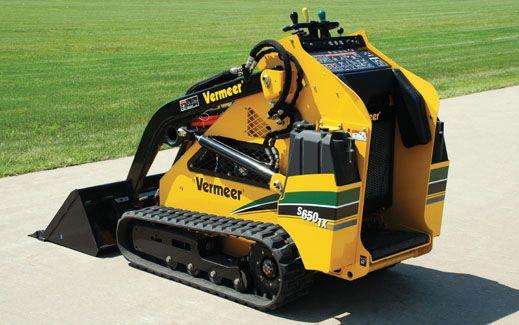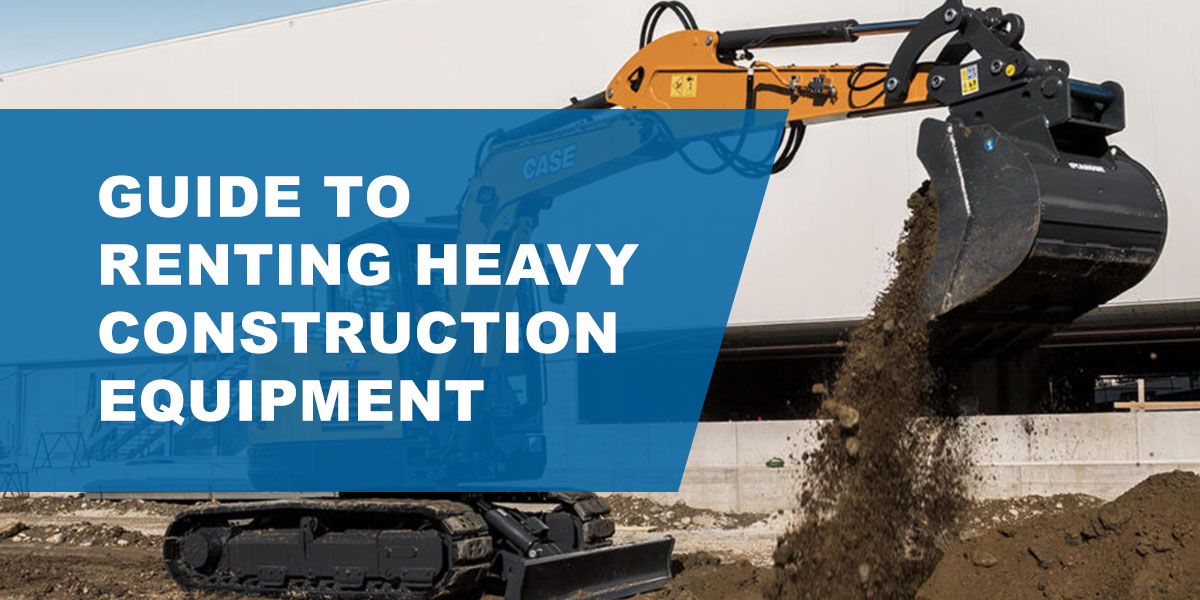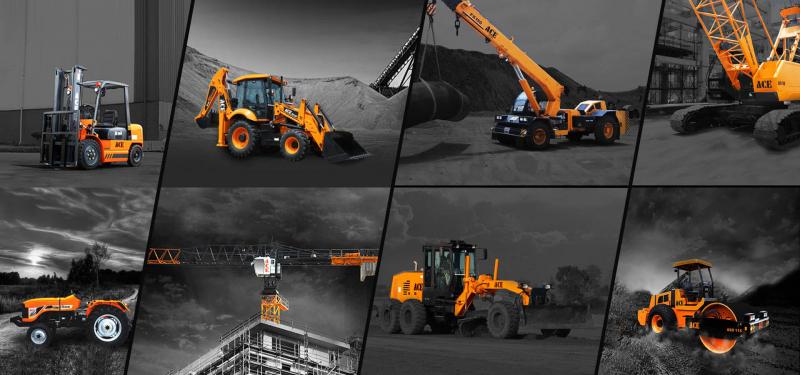Optimize Your Spending Plan by Comprehending the Prices Related To Construction Equipment Leasings
Comprehending the complete scope of prices associated with building and construction tools leasings is important for maximizing your spending plan. What techniques can be used to effectively take care of these costs and ensure a much more reliable rental experience?
Overview of Rental Expenses
When thinking about building and construction equipment rentals, recognizing the associated prices is vital for reliable budgeting and task planning. Rental costs can differ dramatically based upon several variables, including tools kind, duration of rental, and location. The initial rental cost commonly reflects the devices's market need and its linked functional capabilities, affecting the overall cost.
Along with the base rental price, ancillary prices may occur, such as transport fees, fuel surcharges, and maintenance costs. It is vital to account for these additional expenses to accurately examine the total expense of leasing equipment. Moreover, the rental period can affect rates; longer leasings might receive reduced prices, while short-term rentals could incur greater everyday fees.

Break Down of Rental Rates
An extensive understanding of rental rates is essential for service providers and task supervisors intending to optimize their budget plans. Rental rates for building and construction devices usually contain several components, consisting of base prices, time-based charges, and usage fees.
Base prices are the core costs associated with the leasing of the tools, usually established by the kind and dimension of the machinery. These rates can differ considerably, affected by variables such as equipment demand, accessibility, and local market patterns. Time-based fees, which might be daily, weekly, or monthly, serve to accommodate different project timelines and rental durations.
Furthermore, rental rates might include usage fees, which are applicable when tools is used past a specified threshold, making certain that the rental firm can make up wear and tear. Seasonal demand changes can additionally impact rental rates, with peak construction seasons normally commanding higher costs.
In addition, recognizing the rental business's plans relating to maintenance and insurance can give additional insight into the general cost structure. By analyzing these components, service providers can make educated decisions, guaranteeing the selection of rental equipment aligns with both job requirements and budget restraints.
Added Fees to Consider
Understanding the ins and outs of extra charges is critical for specialists to handle their total leasing costs effectively. Beyond the basic rental prices, numerous supplementary fees can substantially affect the overall price of tools leasing. These fees often consist of delivery and pick-up costs, which can differ based upon distance and logistics involved in transporting the devices to and from the job website.
Moreover, some rental companies might impose fuel additional charges if the tools is returned with less fuel than when rented out. It is also vital to recognize possible cleaning charges, particularly for specialized devices that needs detailed maintenance discover here after usage.

Completely assessing the rental agreement and clarifying these added charges upfront can assist contractors avoid unanticipated expenses and guarantee that budget plans remain undamaged throughout the job lifecycle.
Upkeep and Fixing Expenses
Normal repair and maintenance expenses are often neglected aspects that can dramatically affect the total expense of building and construction equipment rentals. When leasing tools, it is vital to take into consideration not only the rental charges yet also the possible prices linked with keeping the equipment in optimum operating condition.
Several rental firms consist of standard upkeep as component of the rental agreement; nevertheless, a lot more substantial repair services or unanticipated malfunctions can lead to added expenses. It's necessary to evaluate the rental agreement very carefully to comprehend what maintenance solutions are covered and what obligations drop on the renter.
Furthermore, tools that is not properly maintained can result in ineffectiveness at work website, potentially causing hold-ups and increasing task expenses. To minimize these risks, it is recommended to carry out normal inspections and preserve open communication with the rental provider relating to any type of problems visit the website that emerge throughout usage.
Insurance Coverage and Obligation Prices
Insurance coverage and responsibility expenses are vital components that can dramatically influence the overall expense of construction tools rentals (rental company near me). These costs ensure that both the rental firm and the customer are safeguarded from possible financial losses emerging from crashes, damage, or theft during the rental period

Furthermore, customers must be mindful of any kind of deductibles or exclusions in the insurance coverage policy, as these can affect potential out-of-pocket expenses. Recognizing the conditions of any type of insurance policy coverage is crucial to avoid unanticipated expenses. Ultimately, budgeting for insurance coverage and responsibility costs can assist make certain a smoother rental experience and protect versus monetary threats linked with building heavy tool rental jobs.
Conclusion
In conclusion, a thorough understanding of the costs linked with construction devices rentals is vital for reliable spending plan monitoring. Eventually, notified decision-making pertaining to devices rentals adds to the total success of construction endeavors.
Rental expenses can differ dramatically based on a number of elements, consisting of devices kind, period of service, and place (heavy equipment rental). The rental period can influence rates; longer rentals may certify for reduced prices, while temporary services might incur higher day-to-day charges
By carrying out extensive research study and engaging with credible rental business, contractors can efficiently navigate the intricacies of rental rates, inevitably maximizing their monetary sources.
Beyond the standard rental prices, different extra costs can dramatically affect the total price of equipment rental. Rental firms frequently give obligation insurance coverage that covers injuries to 3rd events or damage to building, while devices damage insurance policy can cover the price of repairs or replacement if the rented equipment is harmed.